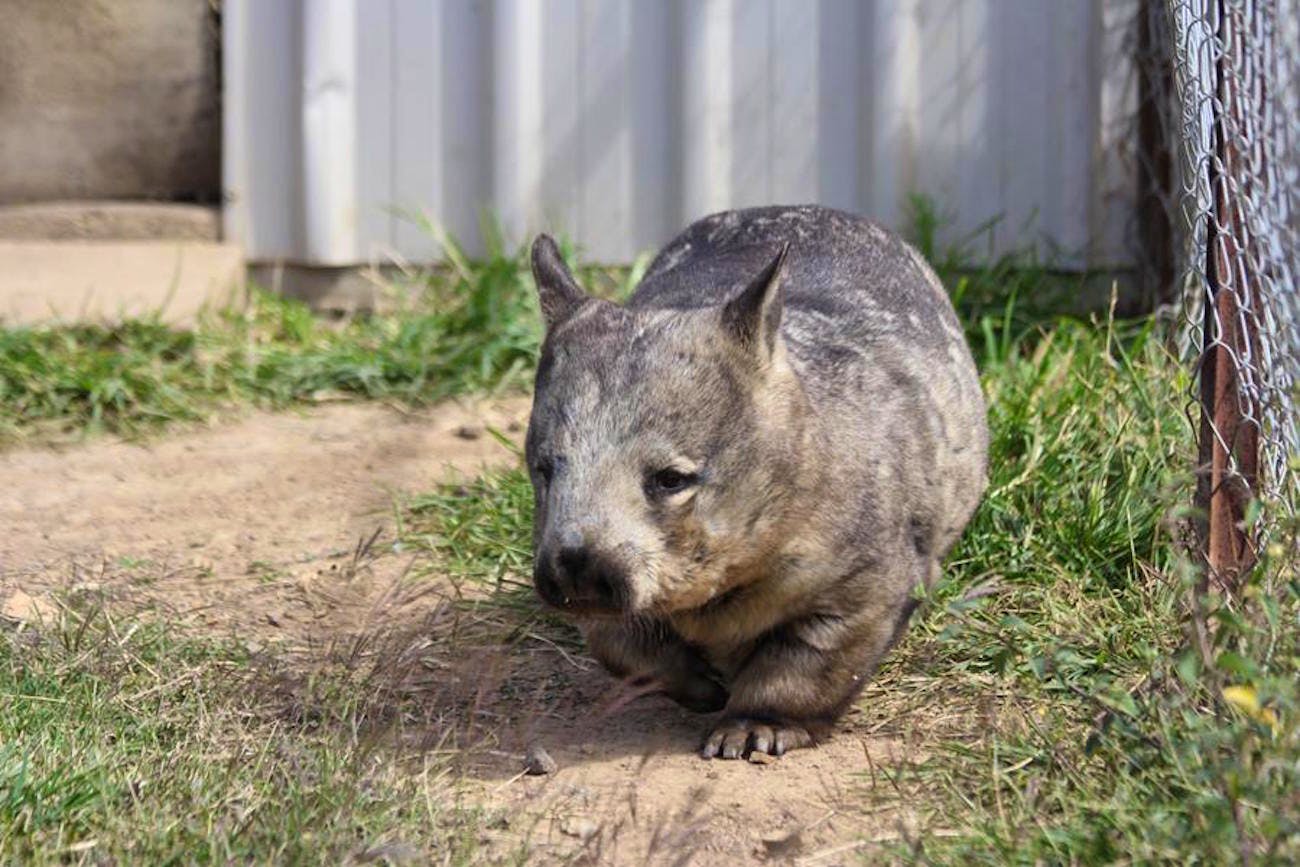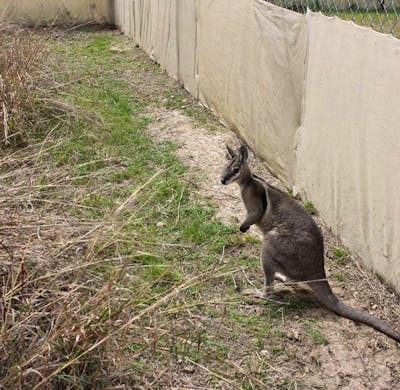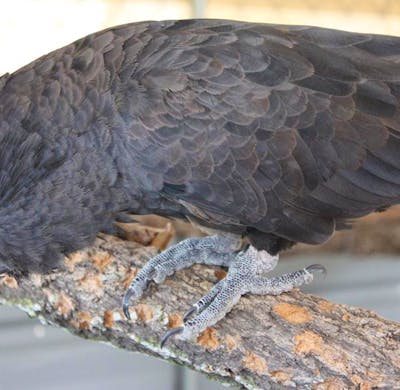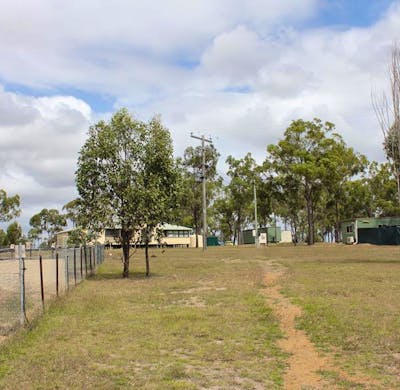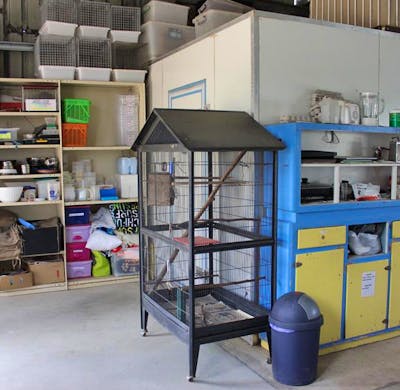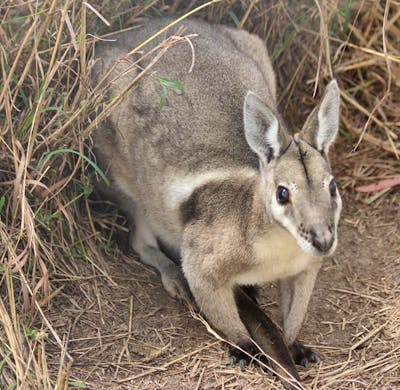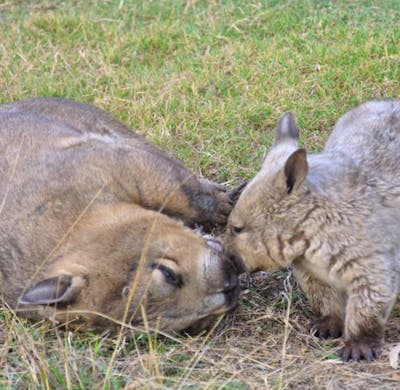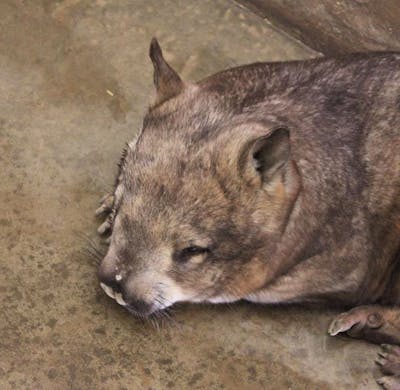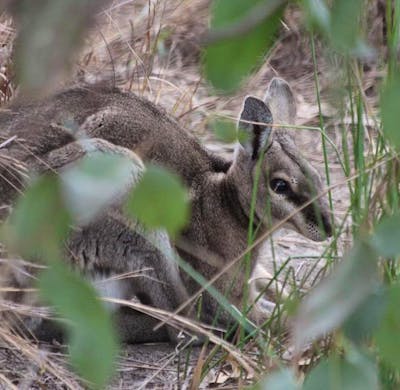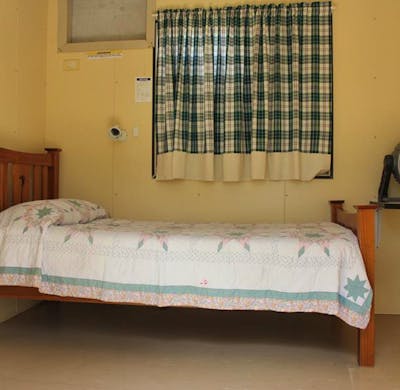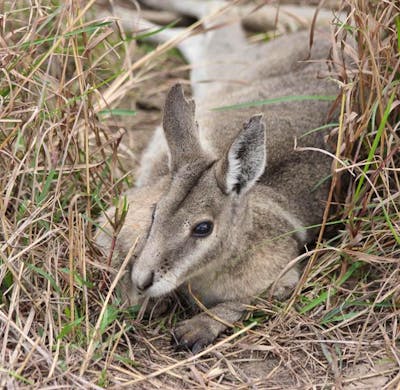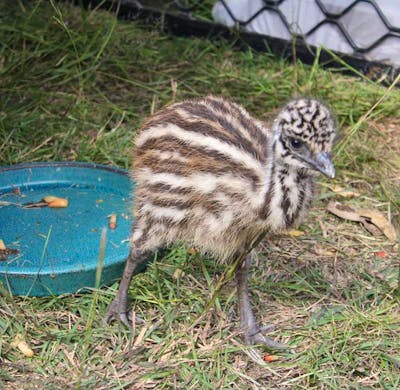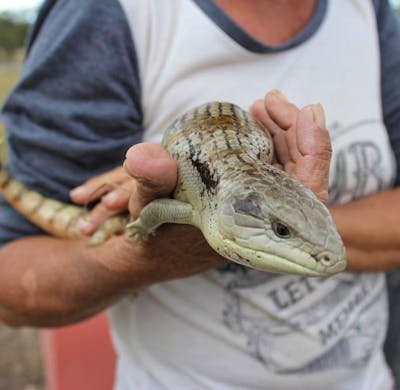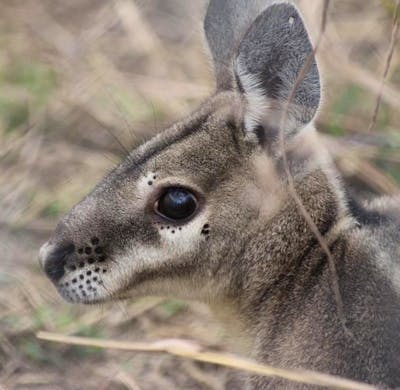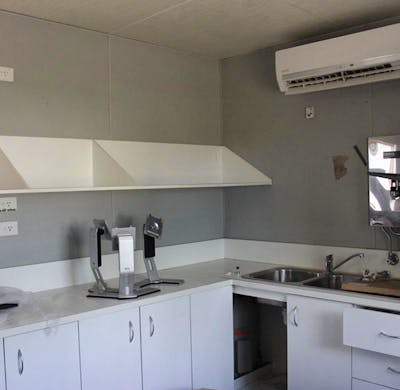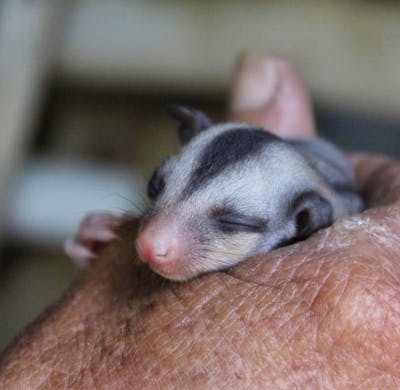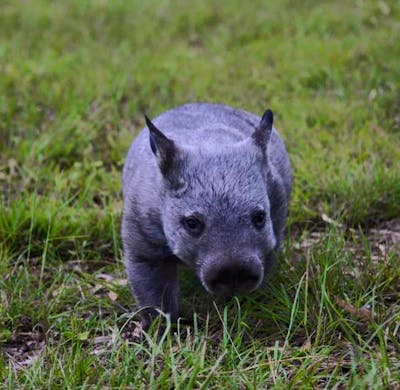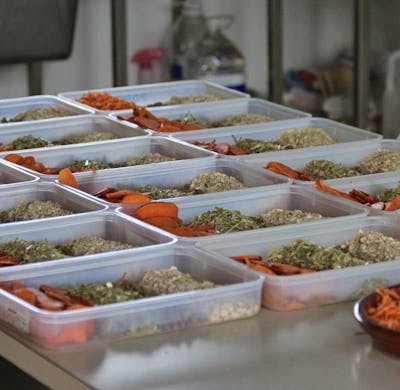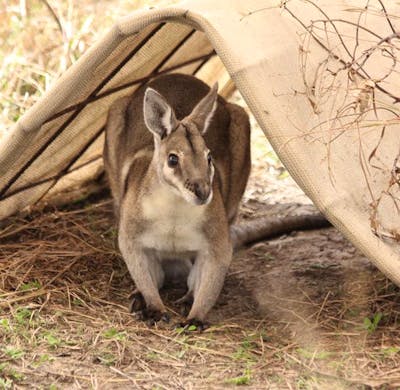a partir de 1.413€
Australian Endangered Species Conservation Care
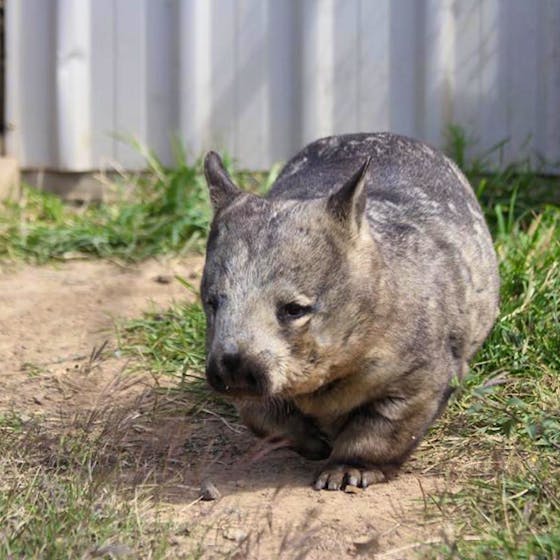
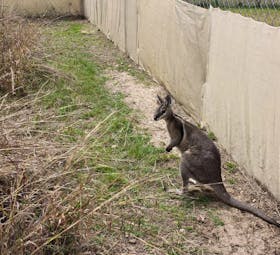
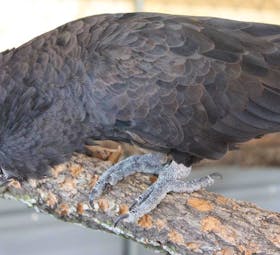
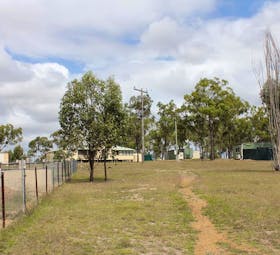
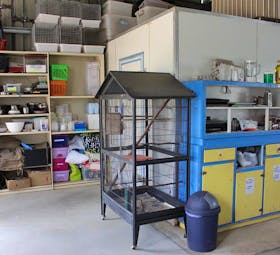
Destaques
- Enjoy up close and personal time with Australian wildlife
- Stay in the Aussie bush
- Taking care of injured, sick and orphaned wildlife
- Make memories you can't get anywhere else in the world
- Close to the Great Barrier Reef and Northern Queensland
Especialmente adequado para
Sobre o programa
This facility takes in injured wildlife and manages a wombat captive breeding programs conducting vital research. Great opportunity to care for Aussie wildlife!
The Project
The Endangered Species Conservation facility manages a number of captive breeding programs and partners with Government authorities, universities and zoological institutions to conduct vital research on Australian wildlife. The facility focuses on threatened species, Northern and Southern ...
Dia típico
Volunteers will be directly involved in the care of many animals. Your day will consist mainly of animal husbandry duties, including food preparation and harvesting and cleaning of enclosures. Other activities include enclosure maintenance, tree planting and participation in fundraising events and ...
Actividades em tempo livre
Once a week, staff and volunteers visit Gladstone to stock up on supplies and look around town.
Only minutes from the project location is Gladstone's most prominent natural landmark – Mount Larcom. If you are up for a challenge, why not climb to its peak, 632 metres above sea level? It might take ...
Requisitos
Serviços incluídos
O que NÃO está incluído?
Detalhes à chegada
Volunteers are able to arrive on any day, any time of the year EXCEPT for Tuesdays and Thursdays.
To get there, fly to Brisbane, Australia, then take a plane, bus or train from Brisbane to Gladstone. Volunteers may be picked up from Gladstone Airport or they can take a train or bus to the local town for pick up.
Preços do programa
Conheça seu anfitrião
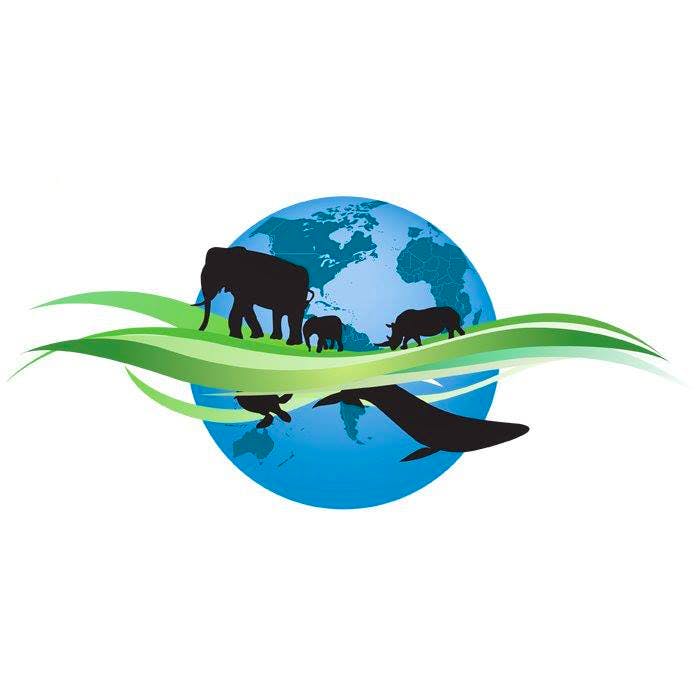
Oceans 2 Earth Volunteers
Non-profit - fundada em 2011
Verificado por Volunteer World
Hospedado por
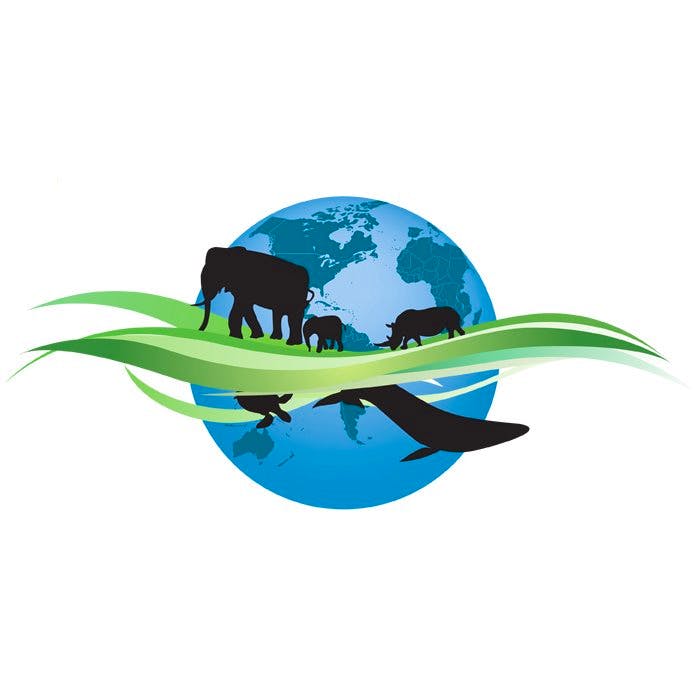
Tracy
Sobre o projecto
210 revisões ·  4.9
4.9
Localização

Pode também estar interessado em
-
Queensland
Maiores de 50
Grupo
Viagens Solidárias
Casais
Projectos no estrangeiro
